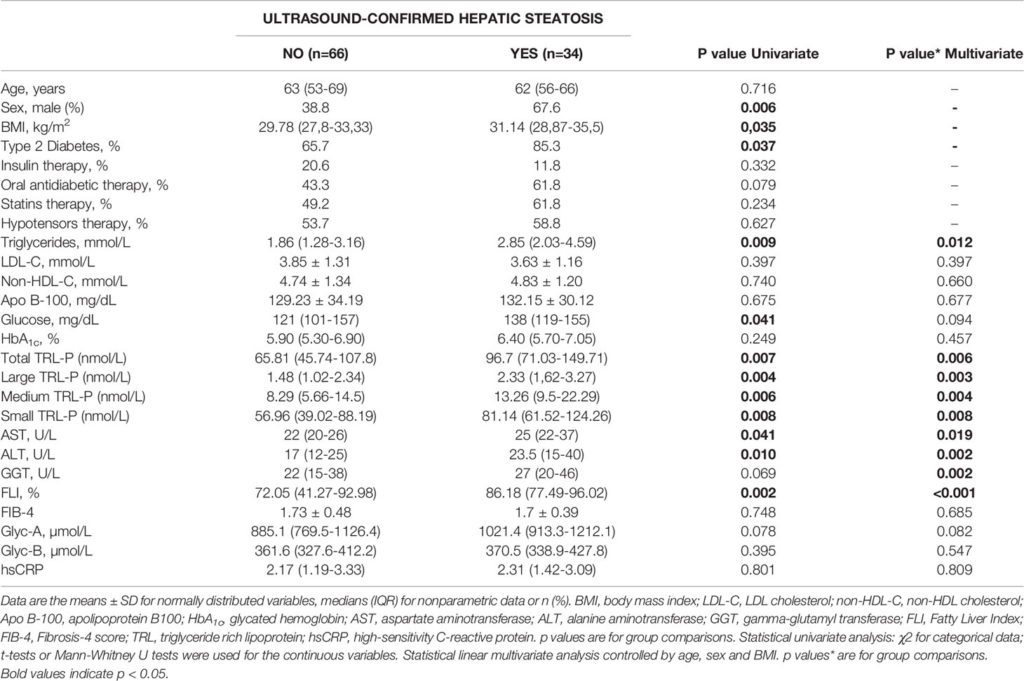Recently, metabolically associated fatty liver disease (MAFLD) has become one of the leading causes of chronic liver disease worldwide, and has become a public health challenge.
This disease, defined as the accumulation of fat in the liver in the presence of metabolic dysfunction, can range from simple steatosis, which involves little inflammation, to steatohepatitis characterised by a severe inflammatory state and damage to hepatocytes, which can eventually lead to progressive fibrosis and consequently the development of cirrhosis.
Considering the vital role of the liver in lipid metabolism (including uptake and secretion of plasma lipoproteins) and its central role in the inflammatory cascade, one would expect hepatic disturbances and, as a consequence, excessive triglyceride accumulation in the liver. In fact, hypertriglyceridaemia – characterised by elevated plasma triglyceride levels – and chronic inflammation are two main factors associated with MAFLD in patients with cardiovascular risk. Nuclear Magnetic Resonance (1H-NMR) is a powerful tool which allows advanced characterisation of the lipoprotein profile, as well as plasma levels of glycoprotein-related signals and patterns.


In this sense, the study aims to investigate the triglyceride-rich lipoprotein (TRL) and glycoprotein profiles of a cohort of patients with metabolic disease and their relationship with fatty liver, using 1H-NMR.
For this purpose, plasma samples were collected from 280 patients at metabolic risk from the Lipid Unit of the University Hospital to measure the number and size of small, medium and large TRL particles (using the Liposcale test) and glycoprotein profiles using their associated 1H-NMR signals (Glyc-A and Glyc-B). Liver function parameters including fatty liver index (FLI) and fibrosis-4 score (FIB-4) were assessed and liver ultrasound evaluation was performed in 100 patients, who were followed up for 10 years.
During the 10-year follow-up of the patients, it was also possible to correlate the number of TRL particles, Glyc-A and Glyc-B levels with the development of steatosis in patients.
The results obtained from the present study indicate that TRL particles and the signals, Glyc-A and Glyc-B, can be defined as potential biomarkers for the development of hepatic steatosis in patients at metabolic risk.
Read the full article at this link.


